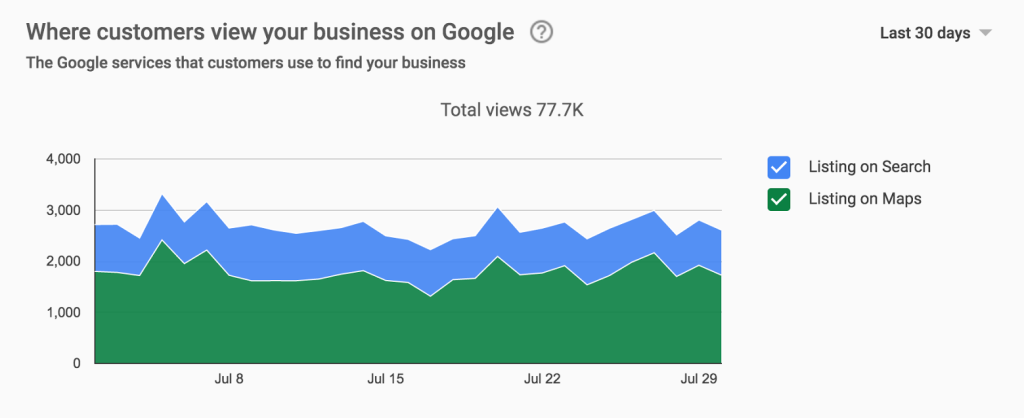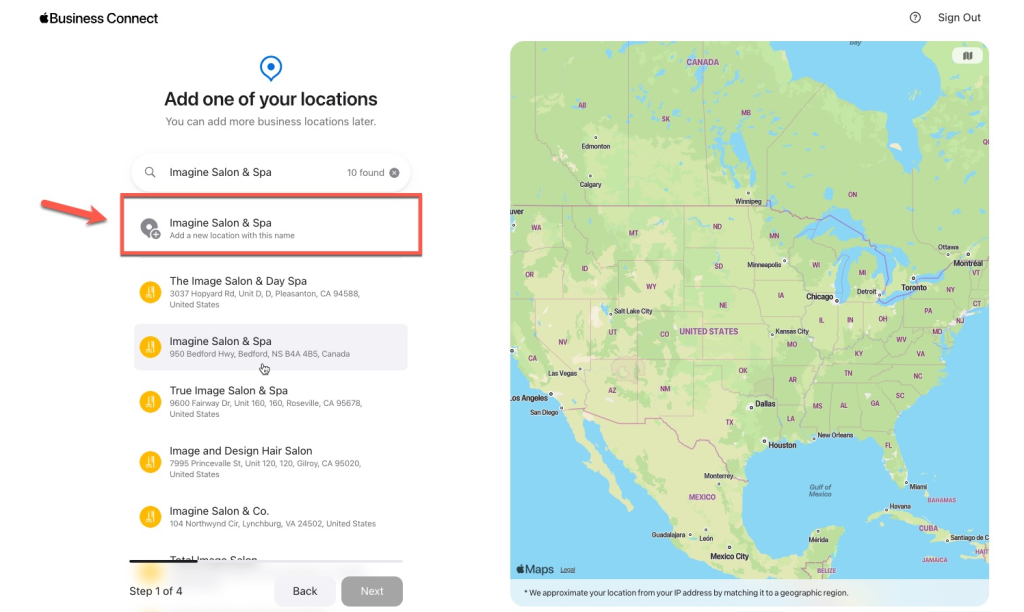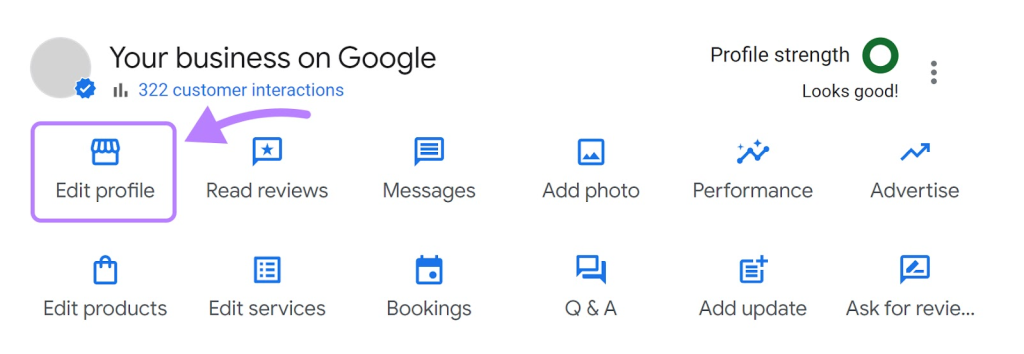
Building backlinks and local citations is crucial for improving your Google My Business (GMB) ranking and increasing your visibility on Google Maps. These strategies help establish your business as an authority in your local area, making it easier for potential customers to find you.
However, many businesses overlook the importance of a structured approach to building these essential SEO elements. In this guide, we’ll explore how to effectively build backlinks and local citations.
The key differences between them, and why focusing on local citations first can have a more immediate impact on your Google Maps ranking.
Table of Contents
- Why Backlinks and Local Citations Matter for Google My Business
- Step 1: Start With Building Local Citations That Are Relevant
- Step 2: Start Building Backlinks For Your Website SEO
- Step 3: Optimize Your Citations And Your Backlinks
- Pitfalls to Avoid When Link Building For Off Page SEO
- Still Need Help Building Backlinks & Citations?
Why Backlinks and Local Citations Matter for Google My Business
Backlinks and local citations are two of the most important off-page SEO factors that influence your GMB ranking:
Backlinks: These are links from other websites that point to your site. High-quality backlinks from reputable sources signal to Google that your business is credible and trustworthy, which can boost your search engine rankings.
Local Citations: Citations are mentions of your business name, address, and phone number (NAP) on other websites, such as local business directories, social media platforms, and review sites. Consistent and accurate citations help Google verify your business’s location and legitimacy, improving your chances of ranking higher in local search results.
Step 1: Start With Building Local Citations That Are Relevant
Before diving into building backlinks, it’s essential to establish a strong foundation with local citations. Also if possible find citation listing website related to your niche.
For example: if you own a local restaurant, find a local restaurant directory for your local area. Here’s why you should focus on local citations first:
Immediate Impact on Local SEO: Local citations help Google confirm your business’s location and contact details, which is a really big factor for local search rankings. This helps Google Maps gain further conformation about your Business page.
Easy to Obtain: Local citations are relatively easy to build by listing your business on local directories, making them a quick win for improving your GMB rankings. Each local area will have unique directories and listing opportunities for you to take advantage of.
Relevant: Find directory sites that only list businesses in your niche, this helps Google better understand what your business is about. Then start building more general citations afterwards.
How to Build Local Citations For Local SEO:
List Your Business on Google My Business: Ensure your GMB profile is complete and accurate. This is the most important citation for your business since Google Maps is technically a map listing citation.
Submit to Local Business Directories: Start by submitting your business to well-known local directories such as Yellow Pages, Chamber of Commerce websites, and local news outlets. Try and build at least 5 a month, do this for 6 months and you’ll see a noticeable improvement.
Use Industry-Specific Directories: If your business operates in a specific niche, find directories that cater to your industry. For example, if you’re a contractor, consider listing your business on directory platforms like HomeAdvisor or Angie’s List. First prioritize niche then local then global directories and map listing sites should be the order of priority.
Ensure NAP Consistency: Make sure your business name, address, and phone number are consistent across all citations. Inconsistent NAP information can confuse search engines and hurt your rankings. Remember incorrect information also confuses potential clients.

Step 2: Start Building Backlinks For Your Website SEO
Once you’ve established local citations, it’s time to focus on building high-quality backlinks. Backlinks are more challenging to obtain than citations, but they carry significant weight in Google’s ranking algorithm. Here’s how to do it:
How to Build High-Quality Website Backlinks:
Create Valuable Content: High-quality content is the foundation of any successful backlink strategy. Write blog posts, guides, and infographics that provide real value to your audience. Content that answers common questions or solves problems is more likely to be linked to by other websites. Try and build backlinks for specific blog post pages you write to boost your effort at ranking for that particular search query.
Guest Blogging: Reach out to reputable websites and offer to write guest posts. Include a link back to your website in your author bio or within the content itself. Ensure that the sites you’re guest posting on are relevant to your industry and have a good reputation.
Partner with Local Businesses: Collaborate with other local businesses to create content or events. For example, co-hosting a community event can lead to backlinks from the event page or local news coverage.
Get Listed in Global Directories: After securing local citation listings, consider listing your business in global map listing directories with lots of users like Yelp, Bing Places, and Apple Maps. While these are not as locally targeted, they still contribute to your overall backlink profile.

Step 3: Optimize Your Citations And Your Backlinks for SEO
To maximize the impact of your citations and backlinks, it’s really important to optimize them for SEO. Here’s a checklist on what you should prioritize doing first:
Use Local Keywords: When building citations or writing guest posts, incorporate local keywords naturally into your anchor texts. Also if possible, try and make the article or guest post be about the keyword you are trying to rank for. This essentially reinforces your relevance to local searches in Google’s eyes.
Leverage Anchor Text: When possible, use descriptive anchor text for your backlinks that includes relevant keywords. For example, instead of a generic “click here,” use “Austin bakery” if you’re linking to a local bakery page. Anchor texts are way better than just posting a link on the bottom of the article, so I don’t recommend you do that.
Monitor and Update Citations: Regularly check your citations to ensure they remain accurate and up-to-date. If your business moves or changes its phone number, update your citations immediately to maintain consistency. Also some citations or backlinks might get removed or deleted over time so remember to keep building more over time.
Disavow Low-Quality Backlinks: Not all backlinks are beneficial. Use tools like Google Search Console to identify low-quality or spammy backlinks and disavow them to prevent them from harming your SEO efforts. You can check in your google search console for different links that are linking to your website. Use free tools online that let you bulk check the spam score and disavow any high spam score links.

Common Pitfalls to Avoid When Link Building For Off-Page SEO
Building backlinks and local citations is essential, but there are common mistakes that can undermine your efforts. Here’s what to avoid:
Inconsistent NAP Information: As mentioned earlier, consistency is key. Ensure that your business name, address, and phone number are identical across all citations and backlinks.
Ignoring Negative SEO: Competitors or unethical SEOs may create low-quality backlinks to your site to harm your rankings. Regularly monitor your backlink profile and disavow any harmful links.
Focusing Only on Quantity: It’s better to have a few high-quality backlinks than many low-quality ones. Focus on building relationships with reputable websites that can provide valuable, authoritative links.
Still Need Help Building Backlinks & Citations?
If you’re still looking for more help with building backlinks for your website or citations for your GMB Profile. Then I recommend you book a free consultation with the writer of this article, Ramzy, CEO & Founder of Vortex Ranker by clicking here. Also Check out our Pricing Page.